5 Trends Shaping the Future of Drug Development
How is AI, IoT, and digitization disrupting drug development? In this article we explore the 5 key trends shaping the future of drug development.
2021 was a disruptive year for drug development. The pharmaceutical and healthcare industry pivoted towards COVID-19 therapeutics and vaccinations in order to kick start halted economies. As a result of transformative technology, many organizations are looking to real-world data and artificial intelligence to develop meaningful insights to inform innovation.
This article will explore 5 key trends shaping the future of drug development.
Trend 1: mRNA Vaccine Development
mRNA is all the rage these days, and if the pandemic taught us anything it’s that companies will continue to develop mRNA-based vaccines to treat viruses and diseases like cancer.
Here’s a look at the top organizations that are conducting mRNA vaccine research for viruses such as COVID-19.
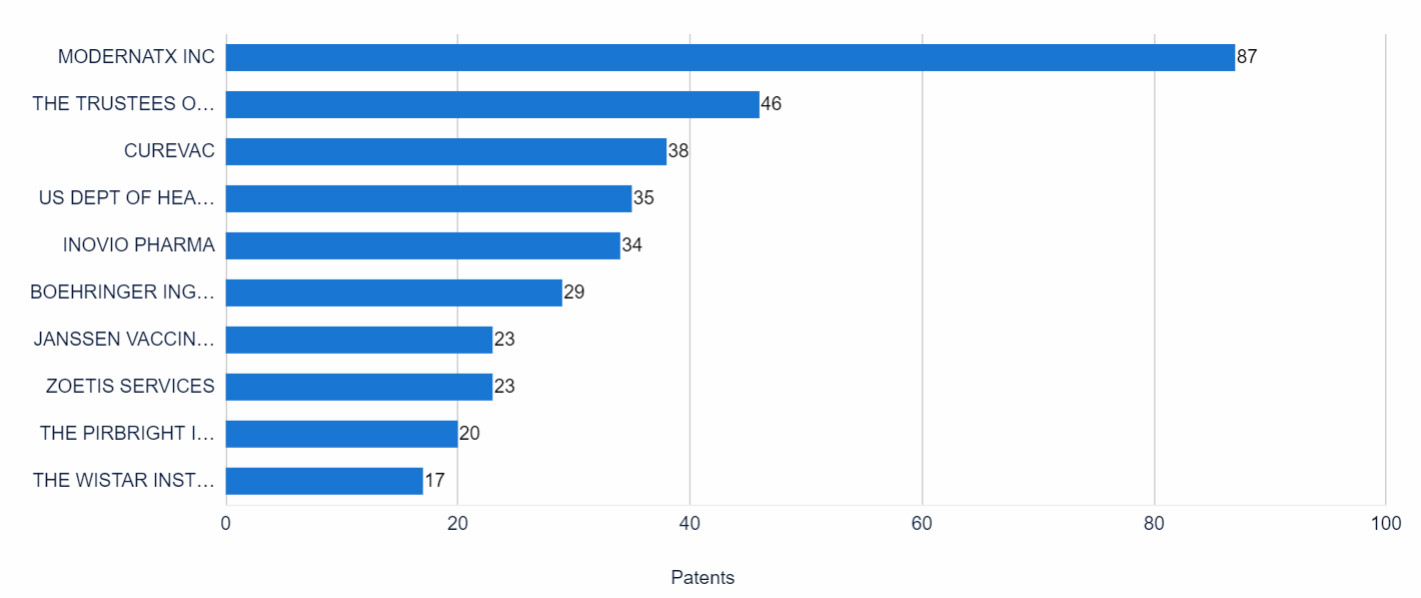
Figure 1: PatSnap semantic search option based on a mRNA vaccine patent.
Trend 2: Biosimilar Adoption
Since its conception in 2015, biosimilars (a biologic product that is approved based on demonstrating that it is highly similar to an FDA‐approved biologic product) have saved the U.S healthcare system more than $9.8 billion USD.
Biosimilars dramatically reduce healthcare costs by providing more affordable treatment options which result in increased competition. As more companies enter the race, the healthcare marketplace becomes more resilient and cost-effective.
For small to medium-sized life sciences organizations, understanding the current biosimilar market may help in drug discovery. To do this, a simple search in PatSnap’s Synapse platform allows the user to find related biosimilars to common big pharma products. An example of Ranibizumab is shown below. Clinical trial data such as this can help determine the efficacy of a particular drug, as well as future uses.
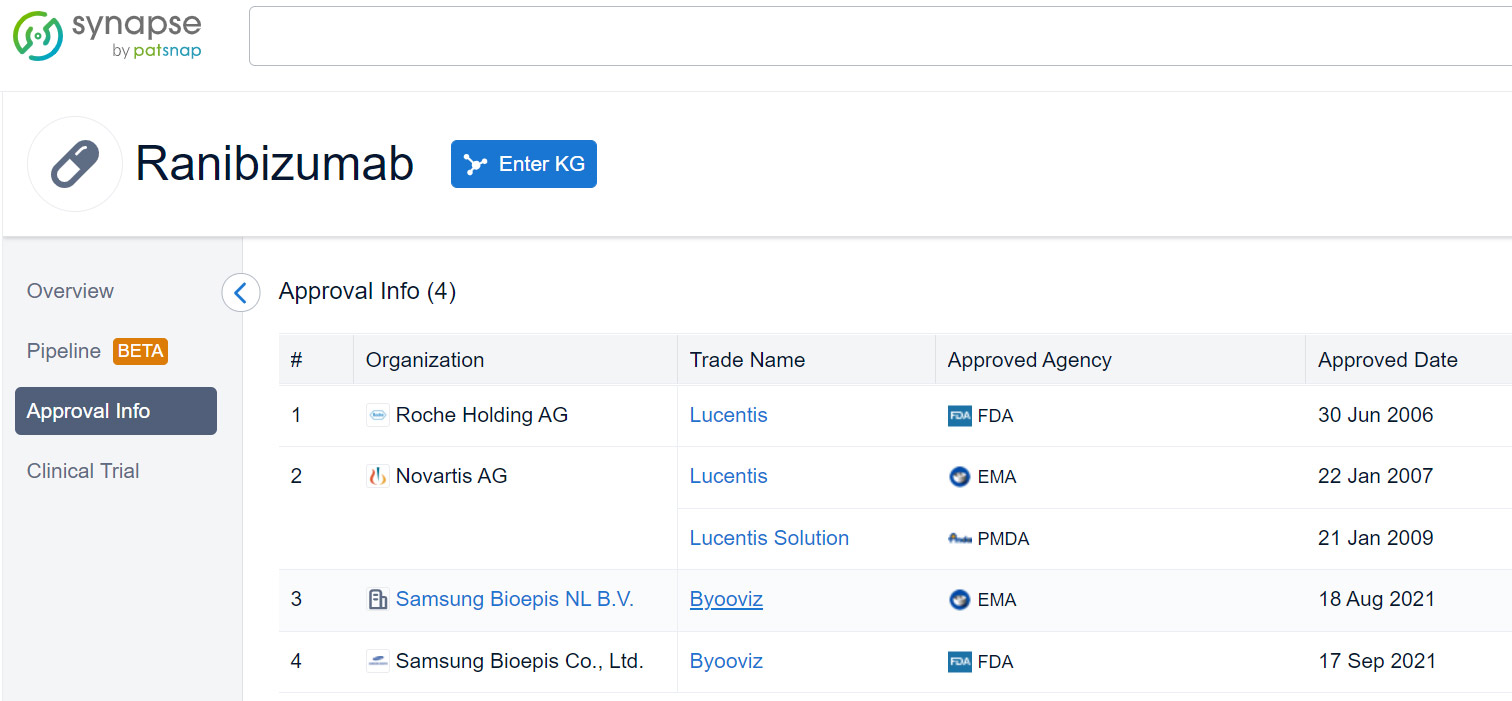
Figure 2: PatSnap Synapse Search for Ranibizumab.
Trend 3: Mergers & Acquisitions and Venture Capital Trends
The push for transparency and integration of digitalization in traditional industries such as pharmaceuticals and healthcare has encouraged an uptick in mergers and acquisitions (M&A) and venture capital trends. For example, as drug repurposing becomes increasingly popular, supply chains are shifting towards a ‘just-in-time’ response to personalized consumer treatments. The graph below depicts M&A activity in the drug development market. In this example, Alexion Pharmaceuticals (AstraZeneca) acquired Caelum Biosciences in a 100% acquisition for $500M USD.
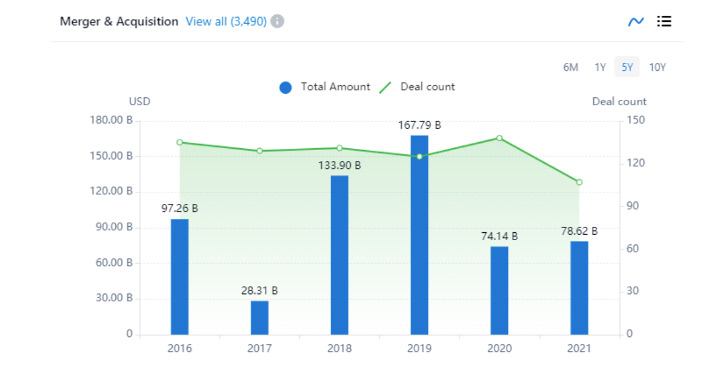
Figure 3: M&A activity in the drug development market, PatSnap Discovery.
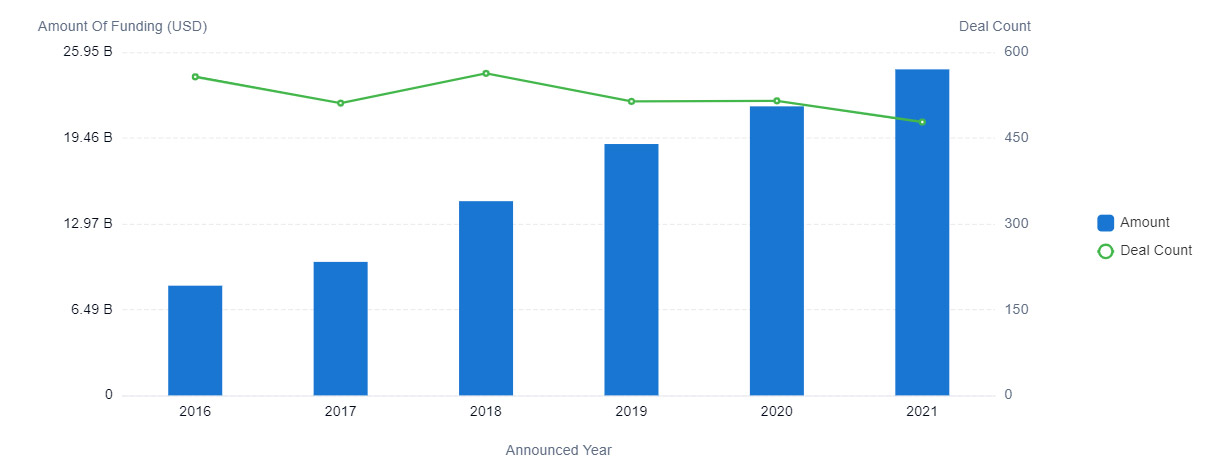
Figure 4: Venture Capital trends in the drug development market, PatSnap Discovery.

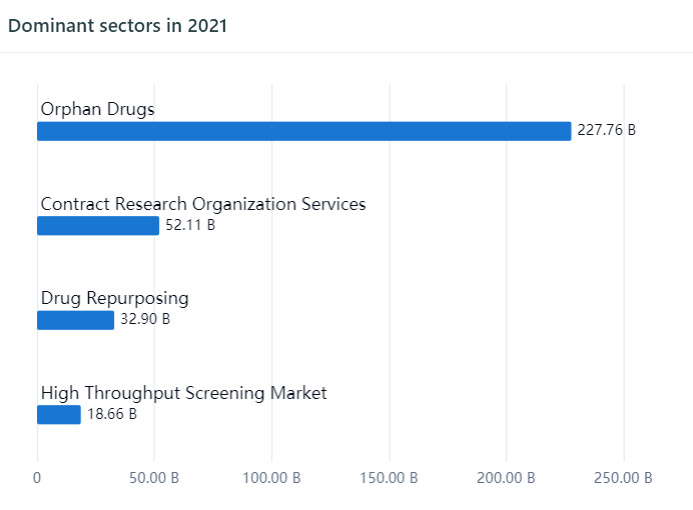
Figure 5: Dominant Sectors for VC investment in 2021, PatSnap Discovery.
With venture capital funding in drug development reaching an estimated $24.65 billion USD in 2021, there is no sign of research and development slowing down. Orphan drugs and drug repurposing have the highest implications for supply chains and organizational strategy and are worth understanding further. Using PatSnap Discovery, we see the United States spent $92.53 billion USD on drug development in 2021 (compared to China’s spend of $4.72 billion USD).
Trend 4: Artificial Intelligence in Healthcare

Figure 6: Artificial intelligence in healthcare market by annual value, PatSnap Discovery.
As artificial intelligence (AI) is carefully woven into the intricacies of the healthcare industry, effective data collection can lead to increased inefficiencies in clinical administration and patient records. The healthcare AI market is estimated to grow to $4.86 billion USD by 2025, with a CAGR of 62.20%. This is a significant increase from the market valuation of $266.96 million USD in 2019. These trends indicate there is ample room for the integration of smart devices, smart diagnostics, and wearable technologies in the healthcare market.
Trend 5: Wearable Technology
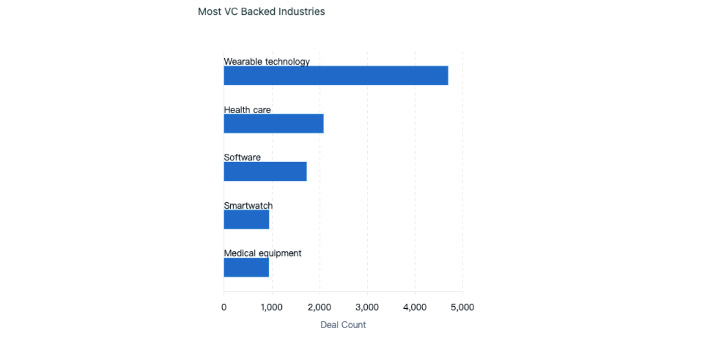
Figure 7: VC-backed areas in the wearable technology industry, PatSnap Discovery.
Wearable technology such as smart watches, jewelry, and wristbands aren’t just a sleek way to keep track of the time or stay up-to-date with the latest news, wearables can also be used to monitor health and well-being.
As the above chart illustrates, wearables in the healthcare industry have more than 2,000 VC-backed deals indicating industry growth.
What’s Next for Drug Discovery?
The drug development industry is going through an era of mass disruption due to a shift towards digitalization. Automation in supply chains, global knowledge sharing, and a direct-to-consumer market will encourage new patent filing trends and strategic changes.
Through AI-powered technology such as Connected Innovation Intelligence (CII), researchers and IP professionals can use connected data to make informed innovation decisions that reduce costs, accelerate time to market, and lead to viable innovations.
Author Bio

Piya Jain is a Project Manager at PatSnap where she assists organizations with all things intellectual property. With both a Bachelor’s of Science in molecular genetics and a Master’s in management, Piya is experienced in aligning to the uniqueness of life sciences organizations.